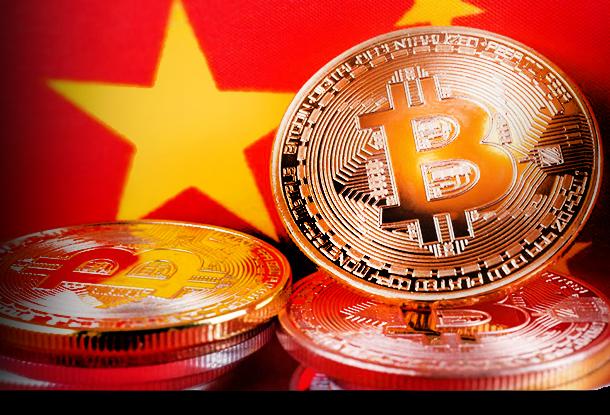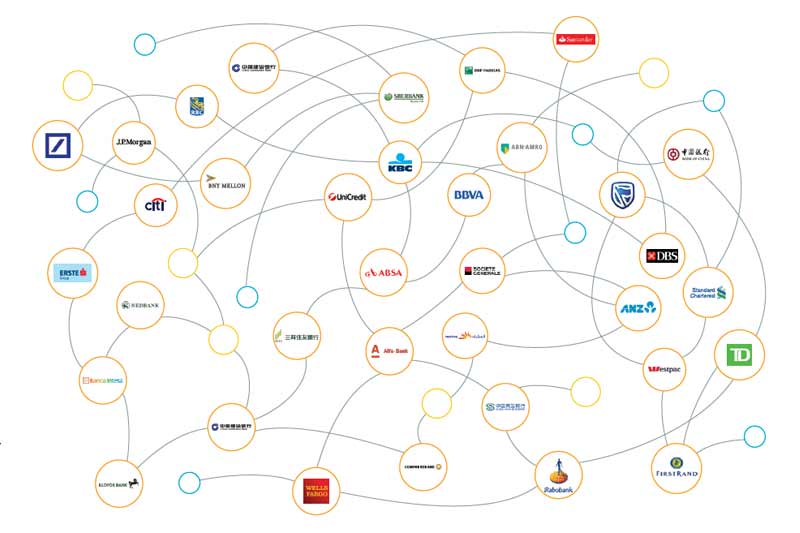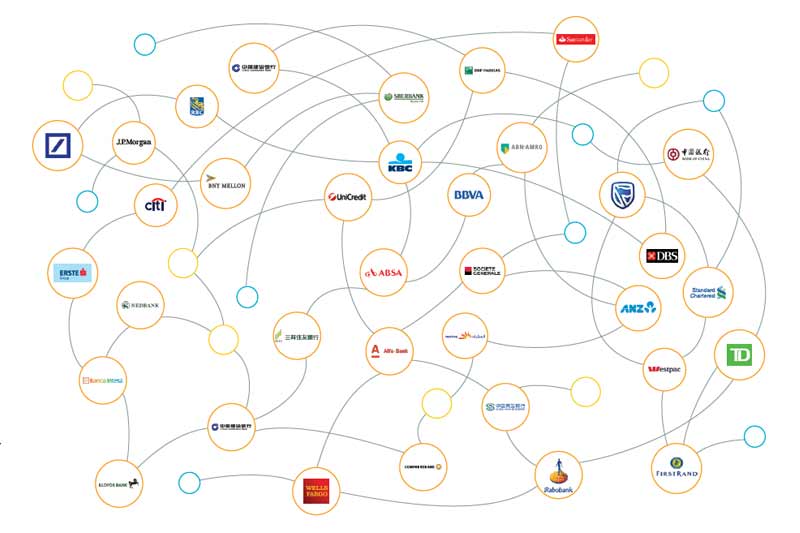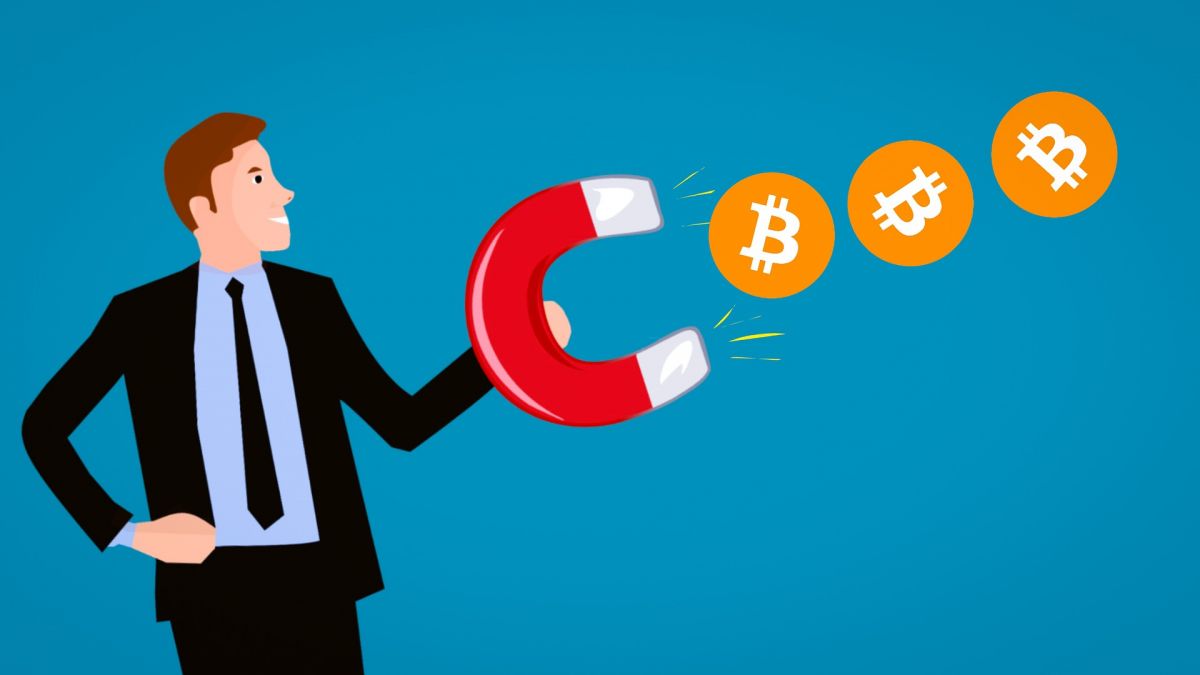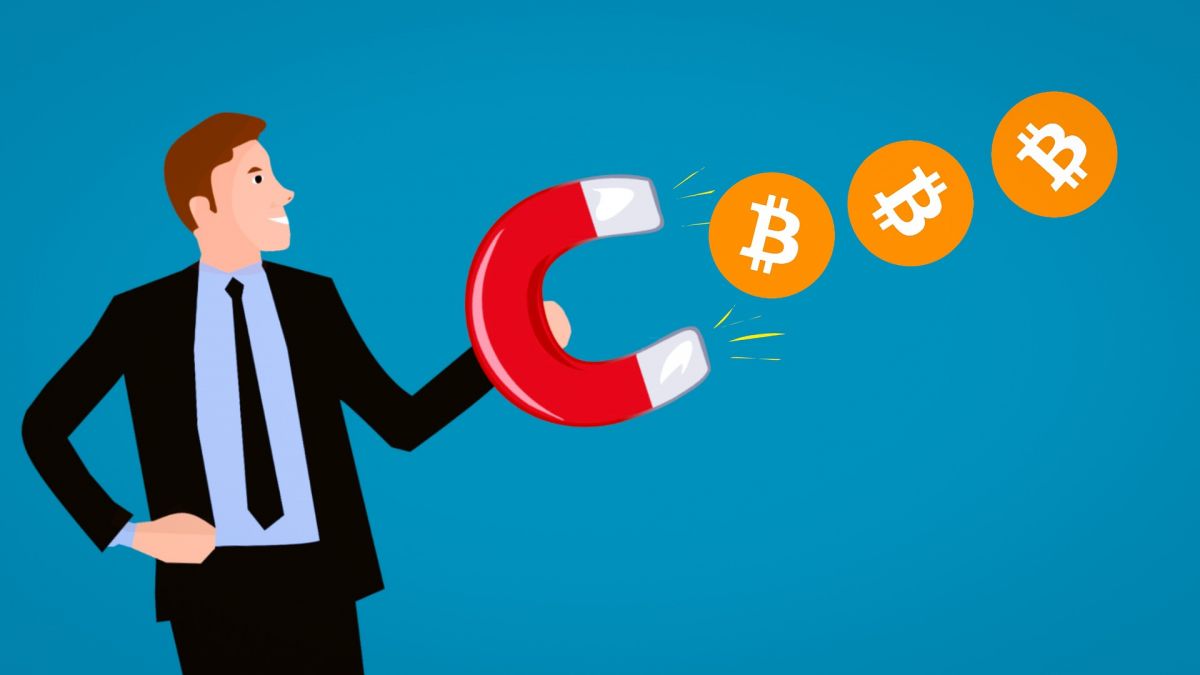This beginner’s guide should help you understand an Ethereum token at a high level and how they are different than Ethereum.
To a beginner, the entire concept of Ethereum and Ethereum token can get very confusing very fast. The idea that Ethereum not only has its own currency (Ether) but also has tokens on top of that which can act as currency themselves, can be a little mind-boggling. Before we even begin understanding what Ethereum tokens are all about, it’s important to grasp some basic concepts.
The entire Ethereum network is a giant mass of nodes (computers) connected to one another. In fact, the entire network can be visualized as a single entity called the “Ethereum Virtual Machine” or EVM for short. All the transactions that have happened and will ever happen in this network are automatically updated and recorded in an open and distributed ledger. So what is the advantage of this? Before we explain that it is important to know what a “smart contract” is.
Smart contracts are how things get done in the Ethereum ecosystem. When someone wants to get a particular task done in Ethereum they initiate a smart contract with one or more people. Smart contracts are a series of instructions, written using the programming language “solidity”, which work on the basis of the IFTTT logic aka the IF-THIS-THEN-THAT logic. Basically, if the first set of instructions are done then execute the next function and after that the next and keep on repeating until you reach the end of the contract.
Step 1: You give the vending machine some money.
Step 2: You punch in the button corresponding to the item that you want.
Step 3: The item comes out and you collect it.
Now look at all those steps and think about it. Will any of the steps work if the previous one wasn’t executed? Each and every one of those steps is directly related to the previous step. There is one more factor to think about, and it is an integral part of smart contracts. You see, in your entire interaction with the vending machine, you (the requestor) were solely working with the machine (the provider). There were absolutely no third parties involved.
So, now how would this transaction have looked like if it happened in the Ethereum network? Suppose you just bought something from a vending machine in the Ethereum network, how will the steps look like then?
Step 1: You give the vending machine some money and this gets recorded by all the nodes in the Ethereum network and the transaction gets updated in the ledger.
Step 2: You punch in the button corresponding to the item that you want and record of that gets updated in the Ethereum network and ledger.
Step 3: The item comes out and you collect it and this gets recorded by all the nodes and the ledger.
Every transaction that you do through the smart contracts will get recorded and updated by the network. What this does is that it keeps everyone involved with the contract accountable for their actions. It takes away human malice by making every action taken visible to the entire network. But, having said that, what mainly incentivizes these people to fulfill their end of the bargain anyway? What are they getting by helping out the requestors? This is where Ether comes in.
Source/More: What is An Ethereum Token: The Ultimate Beginner’s Guide – Blockgeeks




